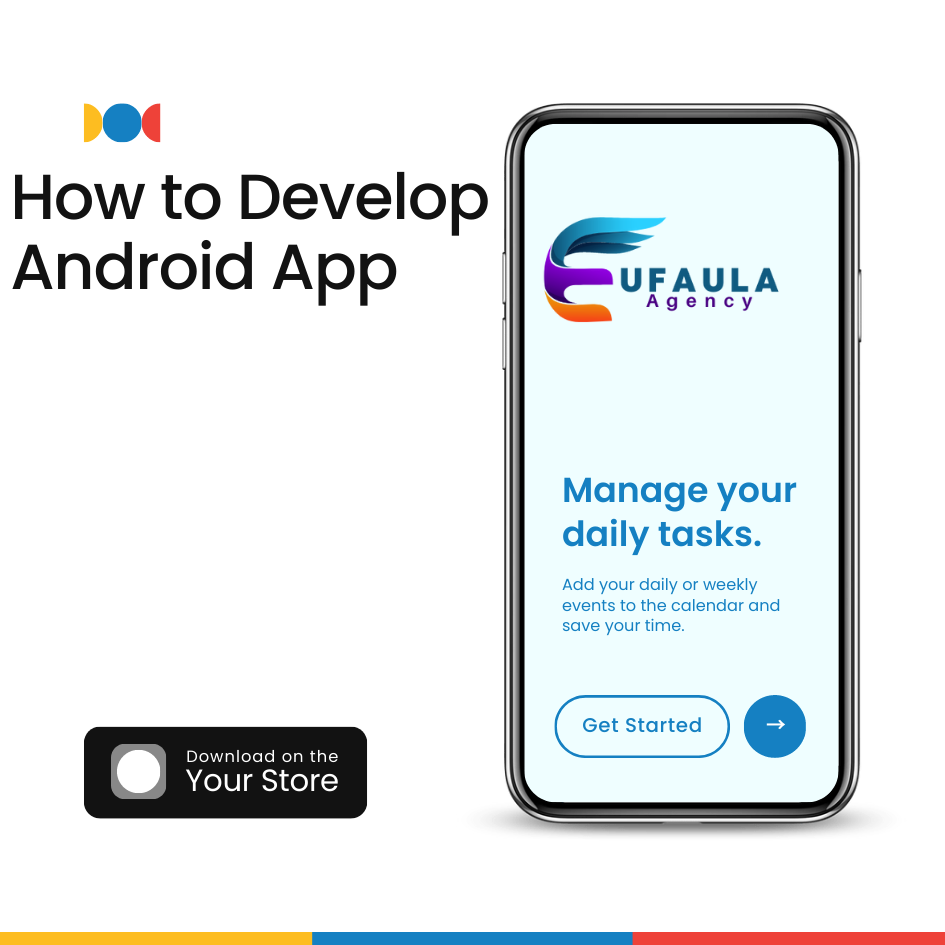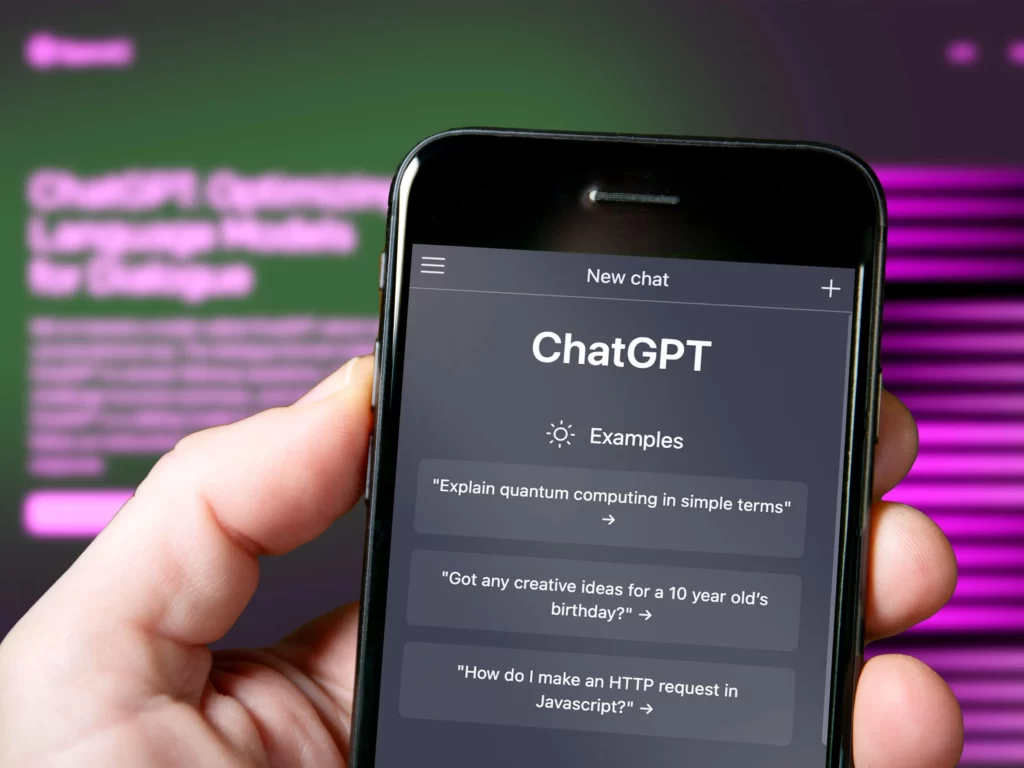In today’s mobile-driven world, having a powerful and engaging Android app can make all the difference for your business or personal projects. If you’re ready to embark on the exciting journey of developing an Android app, this comprehensive guide will walk you through the process, from conceptualization to deployment. So, let’s dive in and explore the steps involved in developing a successful Android app.
Before you start coding, it’s crucial to plan your Android app thoroughly. Define the app’s purpose, target audience, and desired outcomes. Research similar apps in the market to identify gaps or opportunities for improvement. Determine your app’s monetization strategy and set realistic goals for its success.
Defining App Features and Functionality
Once you have a clear plan, it’s time to define the features and functionality your app will offer. Create a comprehensive list of core features and prioritize them based on their importance and complexity. Consider incorporating user-friendly interfaces, intuitive navigation, and seamless integration with device capabilities such as GPS, camera, and push notifications.
Designing the User Interface
The user interface (UI) is a critical component of any successful app. Design an attractive and intuitive UI that aligns with your app’s branding and target audience. Use tools like Sketch, Adobe XD, or Figma to create wireframes and mockups of your app’s screens. Pay attention to usability, accessibility, and visual appeal when designing buttons, layouts, typography, and color schemes.
Developing the App Backend
The backend of your Android app handles data storage, retrieval, and business logic. Choose the right technology stack for your app’s requirements, such as Node.js, Python, or Ruby on Rails. Design your app’s data model and create a robust database schema. Implement secure user authentication and authorization mechanisms. Consider using cloud-based services like Firebase or AWS to simplify backend development tasks.
Snippet: Here’s an example of creating a user registration API endpoint using Node.js and Express framework:
// Import required modules
const express = require('express');
const app = express();
// Define user registration endpoint
app.post('/api/register', (req, res) => {
// Extract user data from request body
const { name, email, password } = req.body;
// TODO: Implement user registration logic
// Return success or failure response
res.json({ message: 'User registered successfully' });
});
// Start the server
app.listen(3000, () => {
console.log('Server is running on port 3000');
});
5. Implementing App Functionality
This is where the coding magic happens. Use a programming language like Java or Kotlin to implement the frontend functionality of your Android app. Leverage Android SDKs and frameworks to access device features and APIs. Implement navigation between screens, user input validation, data retrieval and storage, and any other app-specific features defined in the planning phase. Write clean, modular, and well-documented code to ensure maintainability and scalability.
Snippet: Here’s an example of a basic login screen implementation in Kotlin:
class LoginActivity : AppCompatActivity() {
override fun onCreate(savedInstanceState: Bundle?) {
super.onCreate(savedInstanceState)
setContentView(R.layout.activity_login)
// Find UI elements
val emailEditText: EditText = findViewById(R.id.emailEditText)
val passwordEditText: EditText = findViewById(R.id.passwordEditText)
6. Testing and Debugging
Thoroughly testing and debugging your Android app is crucial to ensure a smooth and bug-free user experience. Here are some essential testing and debugging practices to follow:
a. Functional Testing: Test each feature of your app to ensure it works as expected. Validate user input, navigation flow, data retrieval, and any external integrations. Use testing frameworks like Espresso or Robolectric to automate UI testing and simulate user interactions.
b. Performance Testing: Measure and optimize your app’s performance to provide a seamless user experience. Test the app’s loading times, responsiveness, and resource usage. Use tools like Android Profiler to identify performance bottlenecks and optimize memory usage and CPU performance.
c. Device Compatibility Testing: Test your app on a variety of devices with different screen sizes, resolutions, and Android versions. This ensures that your app functions properly across a range of devices and provides a consistent user experience.
d. Usability Testing: Conduct usability testing to gather feedback from real users. Observe how users interact with your app, identify pain points, and make necessary improvements to enhance usability and user satisfaction.
e. Security Testing: Assess your app’s security vulnerabilities and protect user data. Perform penetration testing to identify potential security loopholes. Implement secure coding practices, such as data encryption, secure network communication, and proper user authentication mechanisms.
f. Beta Testing: Before releasing your app to the public, conduct beta testing with a group of selected users. Gather their feedback, identify bugs or usability issues, and make necessary adjustments before the official launch.
During the testing phase, use logging and debugging tools to identify and fix any issues. Android Studio provides a robust debugging environment, including breakpoints, variable inspection, and step-by-step execution. Analyze crash reports and error logs to pinpoint and resolve bugs effectively.
7. Deploying Your Android App
Once you have thoroughly tested and refined your app, it’s time to deploy it to the world. Here are the essential steps for deploying your Android app:
a. Prepare Your App Assets: Create visually appealing app icons, screenshots, and promotional graphics that showcase your app’s features. Follow the guidelines provided by the app distribution platform to ensure compliance.
b. Create a Developer Account: Register for a developer account on the Google Play Console, which allows you to distribute your app on the Google Play Store. Pay any required fees and provide necessary information.
c. Generate a Signed APK: In Android Studio, generate a signed APK file using your private key. This signed APK ensures the authenticity and integrity of your app.
d. Configure App Listing: Provide detailed descriptions, keywords, and relevant information about your app. Choose appropriate categories and target audience demographics to improve discoverability.
e. Pricing and Distribution: Determine whether your app will be free or paid. Set the pricing and availability options based on your monetization strategy. Choose the countries or regions where your app will be available.
f. Release and Promotion: Once your app is submitted, it will undergo a review process by the app store. Once approved, you can set the release date and promote your app through various marketing channels.
g. App Maintenance and Updates: Regularly monitor user feedback, reviews, and crash reports. Address any bugs or issues promptly and provide regular updates to enhance the app’s functionality and user experience.
Remember to keep your app up to date with the latest Android versions and follow best practices for security and performance. Engage with your users, gather feedback, and continuously improve your app based on their needs and preferences.
8. Continuous Improvement and User Feedback
After deploying your Android app, the journey doesn’t end. It’s important to gather user feedback and continuously improve your app based on their needs and preferences. Here are some strategies to consider:
a. User Feedback: Provide an avenue for users to provide feedback within the app. This can be in the form of a feedback form, ratings, or reviews. Encourage users to share their thoughts, suggestions, and report any issues they encounter. Analyze the feedback regularly and prioritize enhancements based on user demand.
b. Analytics and User Behavior: Integrate analytics tools, such as Google Analytics or Firebase Analytics, to gain insights into user behavior. Track app usage, user flows, screen interactions, and other metrics. This data can help identify areas for improvement and guide future updates.
c. A/B Testing: Experiment with different versions of your app by conducting A/B testing. This involves releasing two or more variations of your app to different user groups and comparing their performance and user engagement. A/B testing can help optimize features, UI elements, or even monetization strategies.
d. Performance Monitoring: Monitor your app’s performance using tools like Crashlytics or Firebase Performance Monitoring. Identify and fix any crashes, performance issues, or network errors that may affect the user experience. Continuously optimize and refine your app’s performance to ensure a smooth and stable operation.
e. Feature Updates and Bug Fixes: Regularly release updates that introduce new features and enhancements. Address reported bugs and issues promptly to maintain user satisfaction. Keep an open line of communication with your users and inform them about the updates through release notes or in-app notifications.
f. User Engagement and Community Building: Foster a sense of community around your app by engaging with your users through social media platforms, forums, or a dedicated support channel. Encourage discussions, answer questions, and provide timely support. Building a strong user community can lead to loyal users and valuable feedback.
9. Staying Updated with Android Trends and Technologies
The Android platform is constantly evolving, with new technologies, frameworks, and design guidelines being introduced regularly. To stay ahead and deliver a modern and competitive app, consider the following:
a. Attend Developer Conferences and Events: Attend industry events and conferences like Google I/O, Droidcon, or local meetups to stay informed about the latest trends, updates, and best practices in Android development. Network with fellow developers and learn from their experiences.
b. Follow Android Development Blogs and Websites: Stay updated with the latest news and articles from reputable Android development blogs and websites. Some popular ones include Android Developers Blog, Medium’s Android publication, and Stack Overflow. Subscribe to relevant newsletters and podcasts for regular updates.
c. Explore New Technologies and Libraries: Keep an eye on emerging technologies and libraries that can enhance your app development process. Stay informed about frameworks like Jetpack, Kotlin, and popular third-party libraries that can simplify development tasks and improve app performance.
d. Experiment with Design Patterns and UI/UX Trends: Android design patterns and user experience trends evolve over time. Stay updated with the latest UI/UX trends and consider adopting modern design patterns such as Material Design to provide an aesthetically pleasing and intuitive user interface.
e. Take Advantage of New APIs and Features: Android introduces new APIs and features with each major platform update. Explore and utilize these APIs to enhance your app’s capabilities and offer unique experiences to your users. Examples include Android Jetpack components, camera APIs, augmented reality (AR) frameworks, and more.
Developing an Android app is an exciting journey that requires careful planning, diligent coding, thorough testing, and effective deployment strategies. By following the steps outlined in this comprehensive guide and staying up to date with the latest trends and technologies, you can create a successful Android app that resonates with your business idea.



